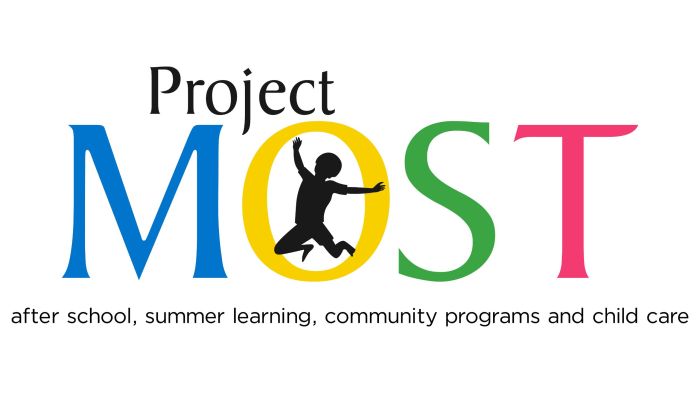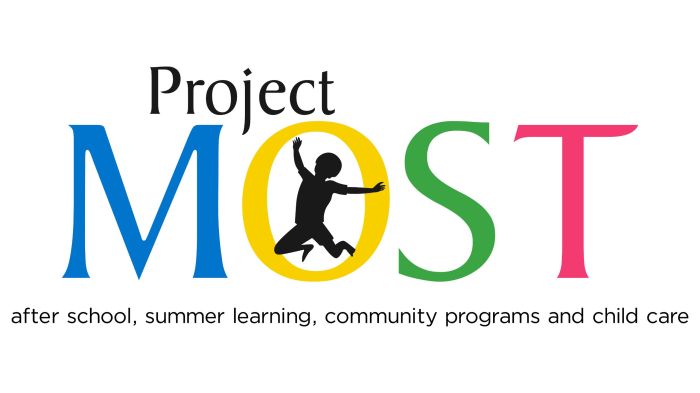Written By Emily Milgrim
I wake up to the sounds of my alarm clock at 7:20 each morning. After I throw on my clothes, I walk unhurriedly to the kitchen, much different than my bolt to the car in previous years. I still have a half an hour to make coffee, eat breakfast and tidy up my room. I, along with many other high schoolers, used to absolutely dread getting out of bed at an ungodly hour each day. My bus pickup time was 6:50 a.m. and hitching a ride to school instead would take at least 20 minutes. My morning routine is a luxury of fully remote learning.
At 8 a.m. I head back to my room to set up my classroom (otherwise known as a desk). I log on promptly at 8:05 a.m. to first period—scared to be marked absent. However, when I click my Google Classroom link, I am greeted by an error message. Everyday I refuse to log on late, but everyday this message awaits; “Error: This meeting has not begun.” So, I sit patiently for another 5 minutes waiting for this message to disappear.
It’s time for class to begin. Attendance is taken chaotically; the teacher is constantly running from screen to smartboard. Microphones stop working, internet connections break, tripods and cameras face the wrong direction, and the list goes on. Once this is all settled, class is nearly halfway done. I have been staring at my wall for twenty-five minutes.
Then, the learning begins. Teachers lecture to the students in the classroom (school-issued chromebooks are being distributed later this week, so I hope I can hear through my 4-year old laptop’s speaker), or present their screens and attempt to look simultaneously at both the kids at home and at schools while demonstrating a lesson, accidentally completely go off-camera. Class proceeds in one of these formats and all of a sudden the remote students are lost—a word cuts out, they didn’t receive a book or handout, etc. Usually, this is unbeknownst to the teacher at that moment, so these remote students, like myself, turn to their in-class peers for help. I frantically text a friend to ask for the work I missed or for a picture of a worksheet that may be posted later. I get it—new technology isn’t easy to use, especially with a mask and chatting kids in the background.
This process repeats itself five more times during the day: attendance and setup struggles, imperfect technology and disconnected learners. But, it is interrupted by lunch. Another leisurely stroll to the kitchen to refuel. My cafeteria consists of siblings, pets, and parents. At least we can be closer than six-feet.
Finally, when 3:05 p.m. hits, school comes to a close. I am still sitting at my same “classroom” desk to start my homework, but I need a break and change of scenery. So, I’ll walk around my house or outside and call a friend. My legs are still half-asleep from sitting the whole day. About forty-five minutes later, I sit down to begin my homework. Another benefit of online learning is that I have completed some of my homework during the day because I can do it during lunch or in between classes. So, this only takes about an hour or two. Dinner is in the same “cafeteria” (kitchen) with the same “classmates” (family). After, my time in my “classroom” isn’t over yet. I sit back down to finalize some college applications. My day in the “classroom” finally ends around 9 or 10 p.m. and I can relax and get ready for bed.
My day as a remote learner has its benefits – I am more comfortable at home without a mask all day in a hot classroom and without the risk of getting COVID-19, I am able to get more sleep because my morning commute is only a few minutes, and I get to spend quality time with my family. But, the downsides are plentiful: sitting at the same desk all day, missing my friends, and not being able to interact and participate because I am disconnected from my teachers and classroom. As they say, the grass is always greener on the other side.
Emily Milgrim is a senior at Schreiber High School
































